Kid's Program and curriculum
Kids Class encompasses ages 4-13. Kindergarten and elementary age kids are all considered in this class set up.
*We have lessons for preschool age kids, ages 2-4. The curriculum for preschool age children has similar focuses, however, the focus is more on attention and fun. Each lesson is individualized to the student
“My son started Seishindo Karate when he was 6 years old. My wife and I were a little nervous at first but after just one lesson we knew he was in good hands. The sensei (Shane) is unbelievable with kids and has a unique ability to read each kid and tailor his teaching style to meet each kid’s needs. My kid is now 11 years old and Seishindo has filled him with confidence and taught him respect and love for other people. I couldn’t recommend something more!!”
“Shane does great work! He’s very patient and a wonderful teacher, my son and I are glad we found such a great dojo!”
“Watching Shane instruct my grandson and his buddies has been an inspiration. The discipline and patience he exhibits for the kids is going to serve them well for years to come. The Seishindo is a great part of our community.”
One on One
Lessons are mostly individual for the first few months to a year, then students transfer to either a mix of private lessons and group or only group. There are exceptions based on individual differences.
Our program starts with Individual lessons because it is our belief that it is the best method for students to firmly acquire fundamentals, and stabilize their practice. Sensei needs to understand the student’s personality, to better learn the best process for growth. It’s a time consuming process, but important to gain the students and families trust.
Constant Contact
Discussion with sensei every month to decide the best plan/practice combination for the child. The most suitable practice at that time. Practice supports not only Martial Arts skills but also behavior/manners/ and language use.
A good relationship between the dojo and the families is essential. Constant dialogue between the sensei and the student's parent's is beneficial for a proper plan for the student's growth.
Personalized Experience
Our greatest goal for students is to provide each student the most appropriate curriculum. Focus on longevity, and long term results. We ask the family for patience, and happy with small, constant development.
Each student has different strengths and We don't aim to change student's personalities. We accept who they are and help develop behavior, manners, and individuality.
4 Stages of Development
Stage 1 Mental Development (Training of Spirit)
At the start, we make a strong base on the mental side of the student. We promote manners, morals, kindness, calmness, compassion, perseverance, and patience. Focus on communication between students and instructors, and between students to student. Conversation with the student is one of the most important aspects of mental development, this allows students to feel they are accepted for who they are. This creates trust and confidence/motivation to practice. At the same time it is the time to open our hearts to each other.
Stage 2 Physical Development (Training and Strengthening the Body)
Stage 2 can take place only once Stage 1 is present in the student. Now students can enter full-scale training, and firmly grasp martial arts practice. If the order of Stage 1 & 2 is not clear students will often stop doing, or lose focus. This stage practice is on balance, physical fitness, body coordination, perseverance, etc. Practicing till we get a sweat on!
Stage 3 Sharing (cooperation)
At this stage we facilitate sharing feeling with others. In the first 2 stages the training is mostly built on developing your own base and understanding, strengthening yourself, and confidence is born. Stage 3 we urge students to make the effort to cooperate and help other newer students by taking advantage of the confidence they’ve acquired. Help others by encouraging each other. Time doing this is noted, and used to make judgement on promotion to the next rank. Let’s help each other!
Stage 4 Independence (independent self)
More than Stage 1, 2, and 3; we encourage the development of the Mind, Body, and Spirit. Eventually establishing individual independence and its power. To the students who have “strength and kindness”, any goal can be met! This is the final goal of the Seishindo curriculum.
Flow of Seishindo Class Curriculum:
Meditation
Warm-up (Jogging, light flexibility, strength training)
Basic practice (punching/kicking/blocking, bag work)
Seishindo Workout ( Kata, Self-Defense~Bunkai~)
Conversation Time, cultural exchange, time for games and play(Children)
Cleaning
Mental development occurs in steps 1, 4, 5, and 6.
Physical development occurs in steps 2, 3, and 4.
We continue these and gradually raise the level of content in the lesson, we support students so that they can slowly achieve the targets of cooperation and independence.

